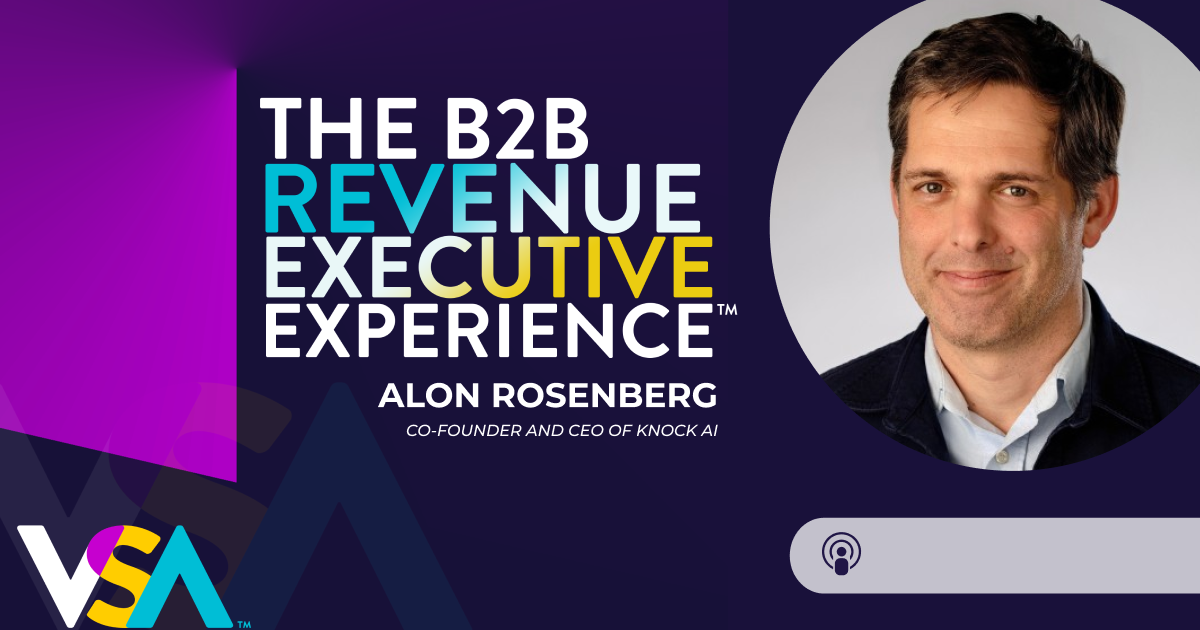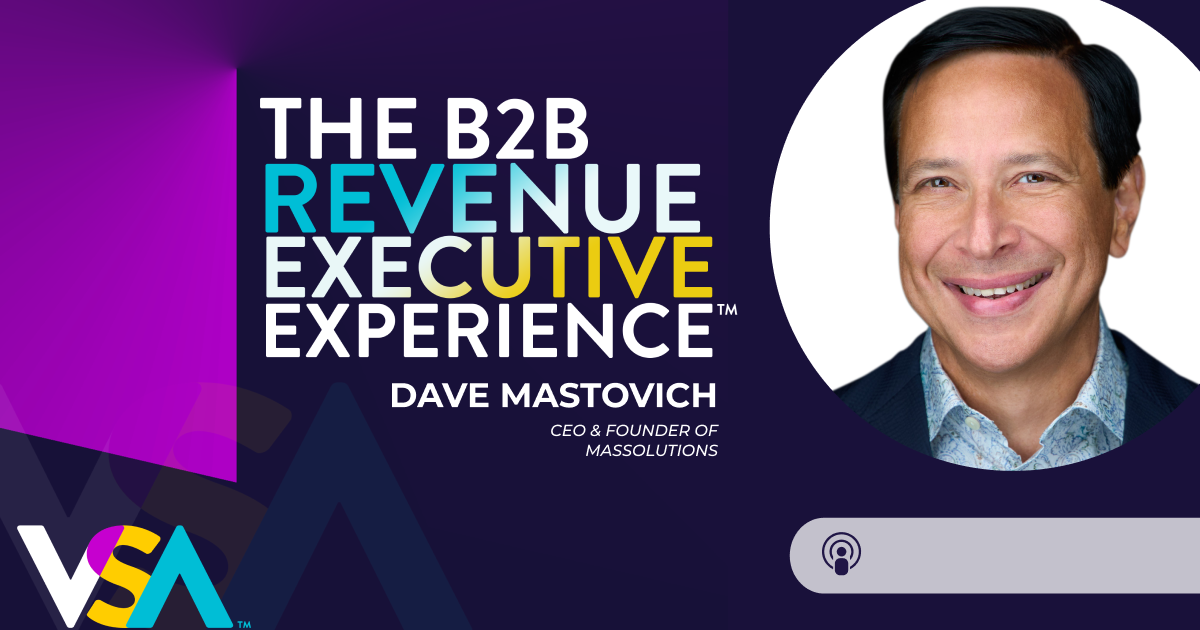The ABCs of ABM: Account-Based Marketing Made Simple

– Subscribe to the Podcast or Write a Review: –
Stitcher – Google Podcasts – TuneIn – Apple Podcasts
The meeting you have tomorrow is with the marketing team. You’re anticipating a sleepless night. As you organize your thoughts, you wonder why no one’s solved the alignment problem between sales and marketing. Then, you remember something: You’re not in “Mad Men.” You’re running a successful ABM campaign — and collaboration is the name of the game.
Today’s guest is Mike Maynard, Owner of Napier Partnership Limited, who came on the show to demystify account-based marketing and explain how to harness its numerous benefits.
The ABCs:
Account-Based
Starting in ABM can be daunting. There are endless definitions of ABM out there, but let’s try to keep it simple.
ABM is about focusing your marketing resources on a particular set of target accounts, which can include accounts that are already customers, as well as prospects.
Then, you take what you are already doing, namely fantastic marketing, and hone in on a smaller audience based upon which company prospects work for.
The result? You’re concentrating your budget and all of your thoughts on a particular group of prospects or clients.
Be clear on your buyer
Of course, ABM is only effective when effectively targeting the right people in the right companies. Otherwise, ABM will be a waste of time and money.
“To make account-based marketing work, you’ve got to be really clear about who you’re targeting and why you’re the right supplier for those companies.”
Mike Maynard, Owner of Napier Partnership Limited
If you don’t have clear reasons for who you are targeting, then the benefits of ABM go out the window, so be clear on your buyer.
ABM requires increased data-driven approaches on the marketing side, which helps bridge the gap between sales and marketing. Even more importantly, ABM fuses the short- and long-term thinking of sales and marketing into a collaborative effort that improves your organization as a whole.
Collaboration
If sales and marketing are cats and dogs, then ABM is a laser pointer. Natural enemies forget their enmity and focus on the task at hand: chasing a red dot. Only in this case, the red dot is your target accounts.
Where do you start?
Your best customers
It’s that simple. Since you should already know these accounts better than anyone else, it will make it much easier to prioritize them. Likewise, you can look at markets in which you are doing well and find similar areas.
If you can make it work with them and grow their business, you can attract new prospects. It helps to start with knowledge of a customer to understand the persona from both a business and personal perspective.
Realize it’s still marketing
Maybe you need to prioritize attracting new customers — like many others, your organization made a massive pivot that one year we all stayed inside.
How would you do that normally? Yeah, you’d probably look at personas and customer journeys — since ABM is marketing and not some arcane dark art, you can do it here, too.
Stop. Collaborate and …
Listen, before you go into that meeting with your team — you need to understand why ABM is helping you all gather around the campfire in harmony.
For ABM to work, don’t think about what you want the company to say. Instead, get into the mind of the account — and how you can help it — which, of course, requires knowledge.
This means you need to collect data. You need to test, test, test. You need to understand both long- and short-term goals — that’s how you align sales and marketing. Luckily, this also has the desirable side effect of keeping your business, well, in business.
What are you waiting for? Find an account you know inside and out and try it.
Now that you know the ABCs of ABM, are you ready to learn how to craft your brand or establish a repeatable sales process? Check out the full list of episodes: The B2B Revenue Executive Experience.
Explore More









